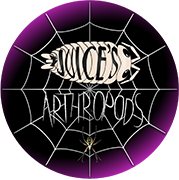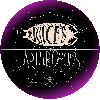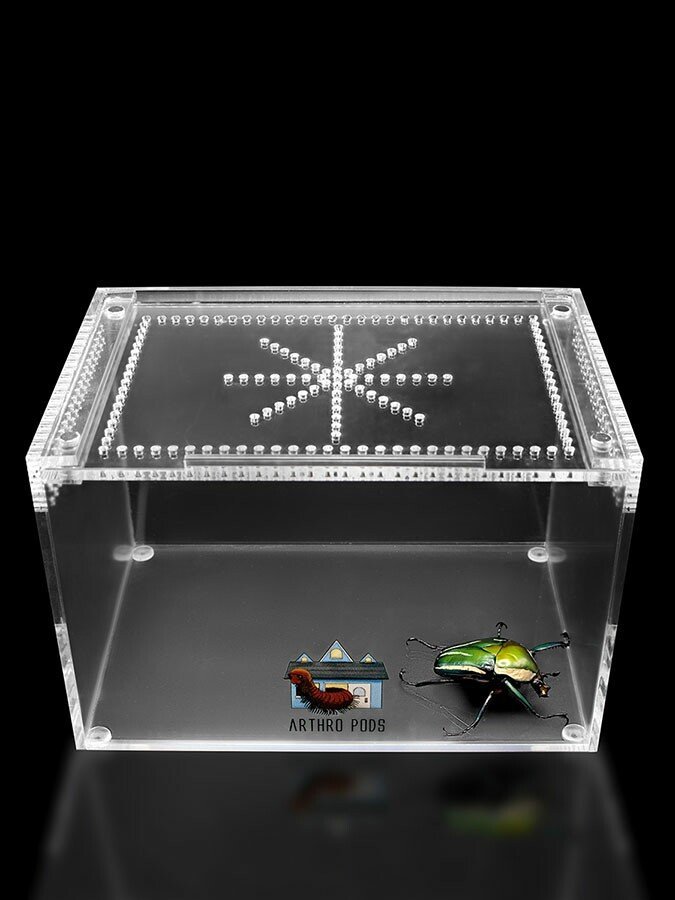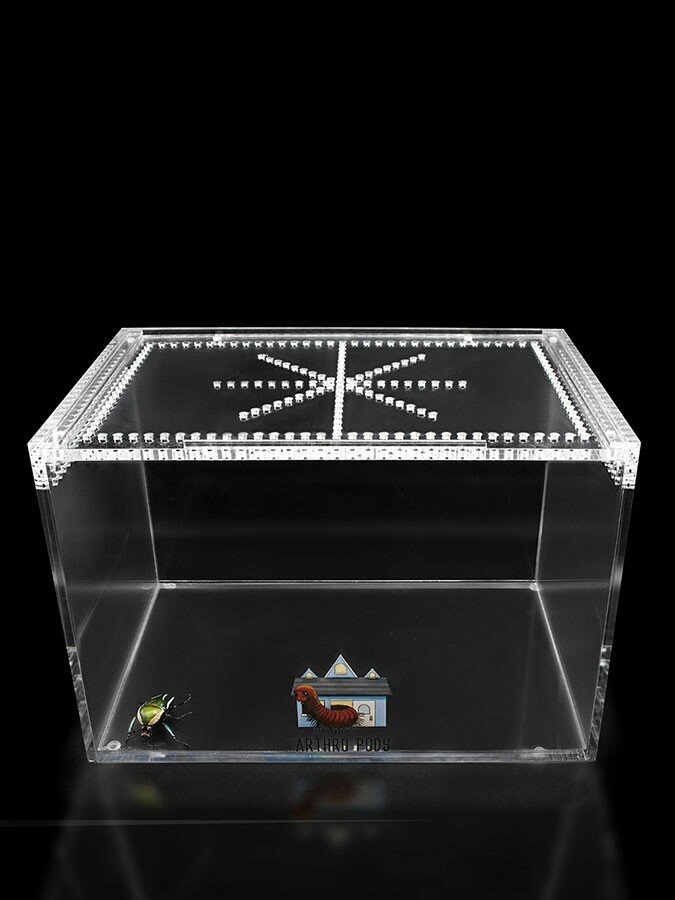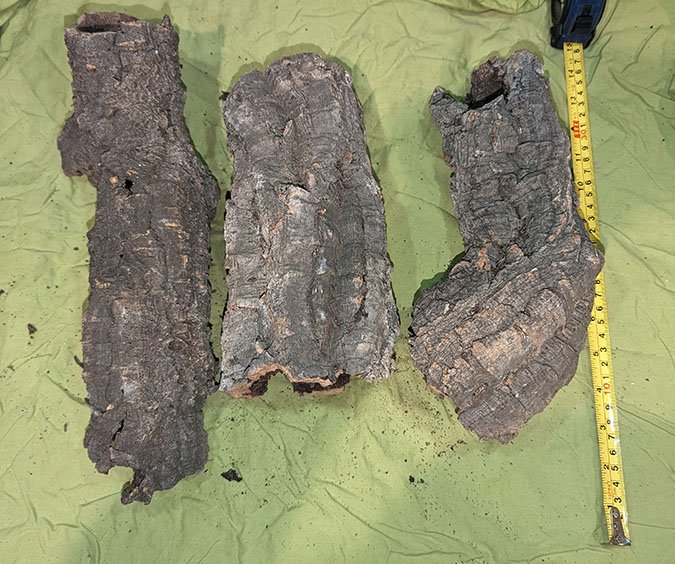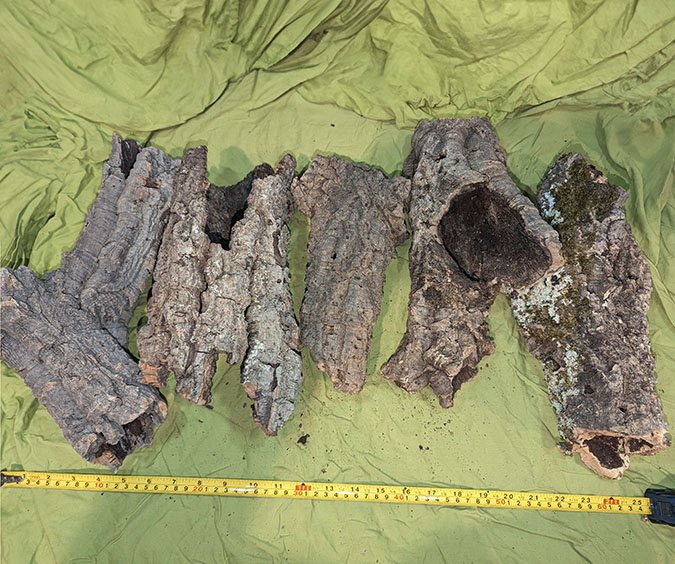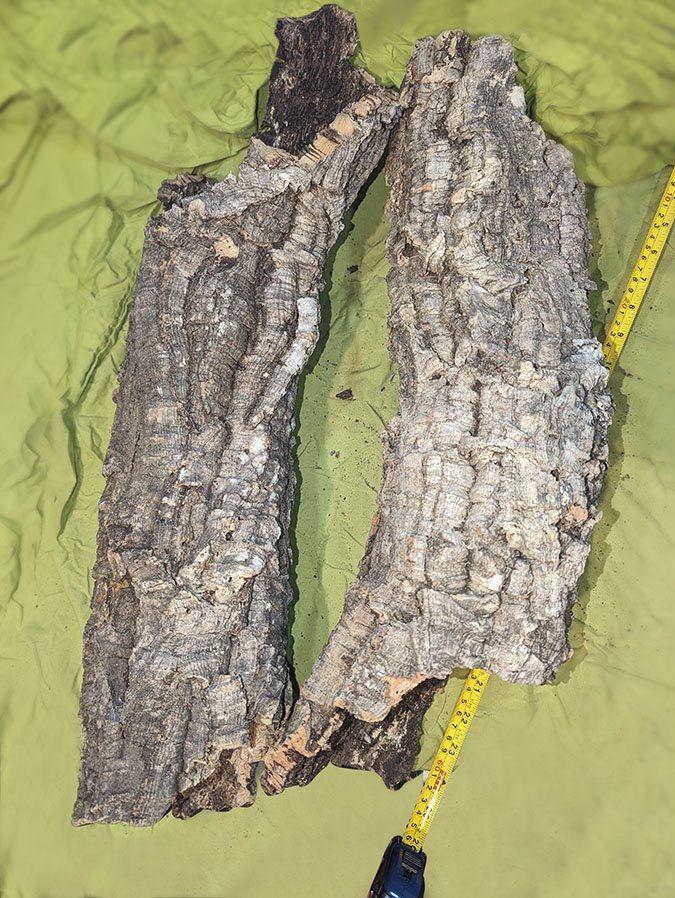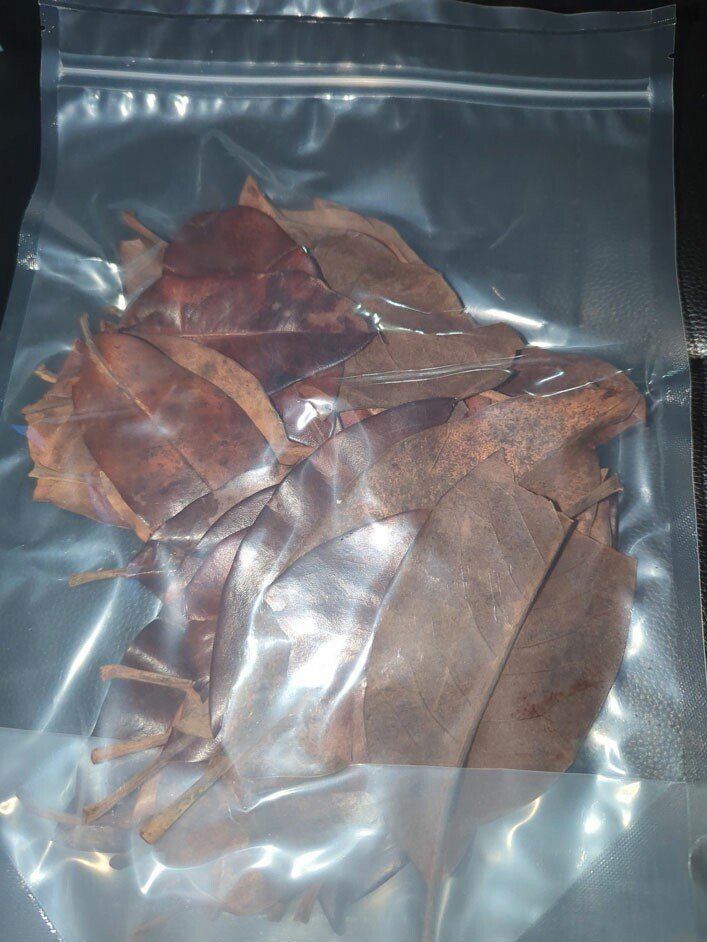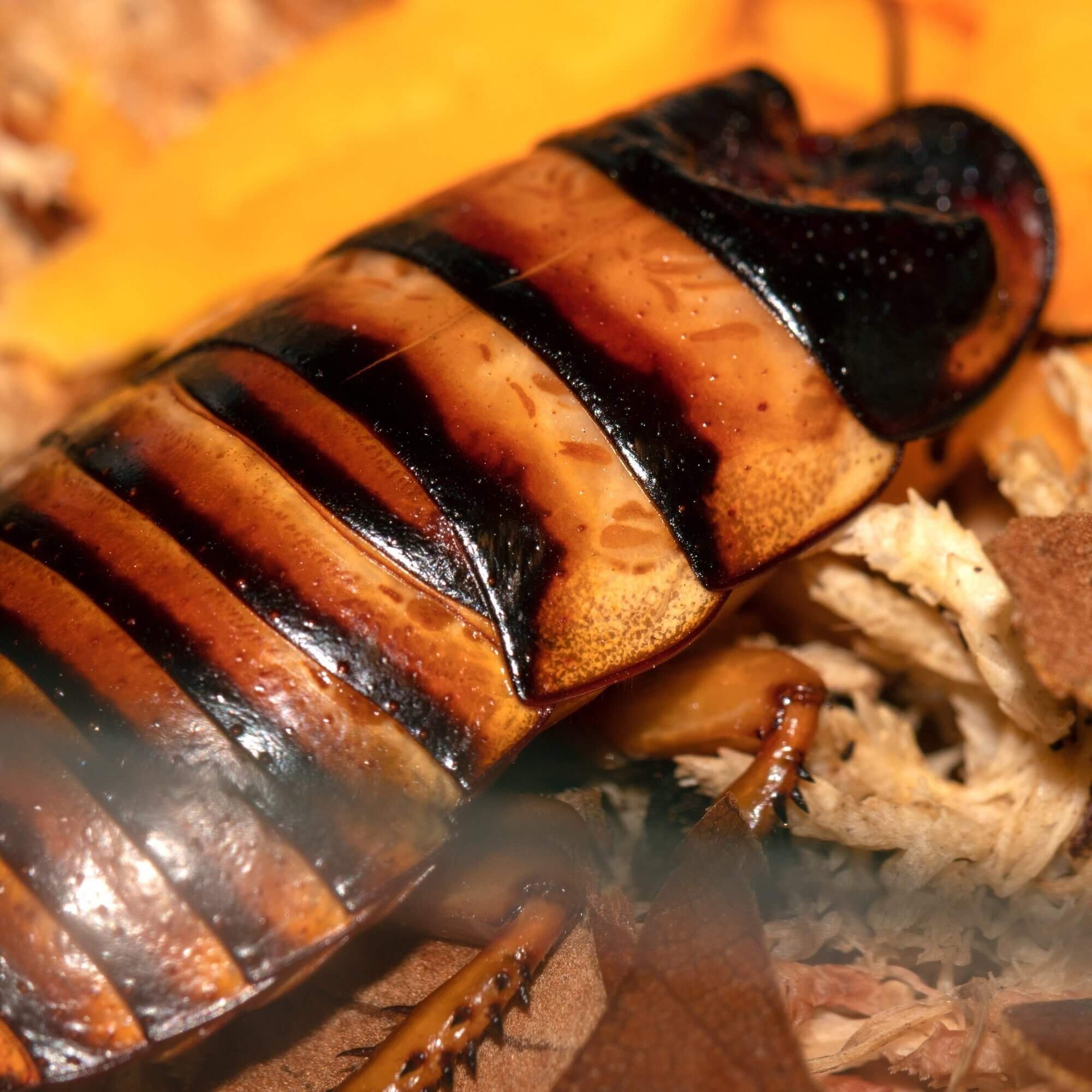Therea petiveriana
Therea petiveriana, or Domino Roach, is a beautifully patterned, non-climbing roach species native to India and Sri Lanka. It is best known for its jet-black body with bright white spots that resemble domino tiles—hence the name. This species is a close relative of Therea olegrandjeani and shares many of the same care requirements, but it stands out with its bold, polka-dot-like patterning and slightly smaller size.
The Domino Roach is a terrestrial roach but spends the majority of its life as a generic brown-colored burrowing species, often found hiding under leaf litter and loose substrate. This roach prefers to hide under leaf litter and loose soil during the day. It is completely flightless and part of the Blaberidae family, making it a manageable addition to any invertebrate collection. Both nymphs and adults are slow-moving, calm, and odorless, making this species ideal for display, educational setups, or as a low-maintenance pet.
As a detritivore, Therea petiveriana feeds on decomposing plant material, dry leaves, fungi, and commercial roach diets. It contributes to waste breakdown and soil cycling in bioactive enclosures. It is highly valued in the hobby for its aesthetic appeal, ease of care, and non-invasive behavior.
Therea petiveriana, or Domino Roach, is a beautifully patterned, non-climbing roach species native to India and Sri Lanka. It is best known for its jet-black body with bright white spots that resemble domino tiles—hence the name. This species is a close relative of Therea olegrandjeani and shares many of the same care requirements, but it stands out with its bold, polka-dot-like patterning and slightly smaller size.
The Domino Roach is a terrestrial roach but spends the majority of its life as a generic brown-colored burrowing species, often found hiding under leaf litter and loose substrate. This roach prefers to hide under leaf litter and loose soil during the day. It is completely flightless and part of the Blaberidae family, making it a manageable addition to any invertebrate collection. Both nymphs and adults are slow-moving, calm, and odorless, making this species ideal for display, educational setups, or as a low-maintenance pet.
As a detritivore, Therea petiveriana feeds on decomposing plant material, dry leaves, fungi, and commercial roach diets. It contributes to waste breakdown and soil cycling in bioactive enclosures. It is highly valued in the hobby for its aesthetic appeal, ease of care, and non-invasive behavior.
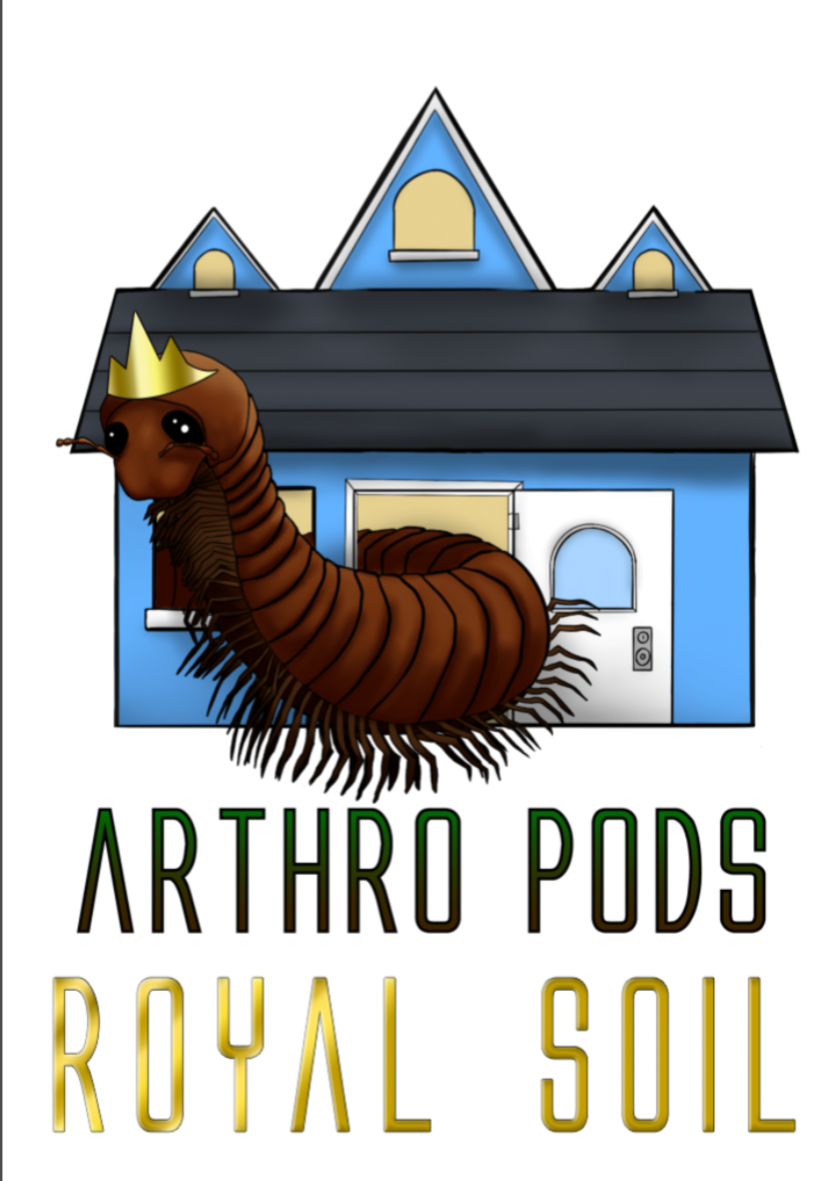
Therea petiveriana, or Domino Roach, is a beautifully patterned, non-climbing roach species native to India and Sri Lanka. It is best known for its jet-black body with bright white spots that resemble domino tiles—hence the name. This species is a close relative of Therea olegrandjeani and shares many of the same care requirements, but it stands out with its bold, polka-dot-like patterning and slightly smaller size.
The Domino Roach is a terrestrial roach but spends the majority of its life as a generic brown-colored burrowing species, often found hiding under leaf litter and loose substrate. This roach prefers to hide under leaf litter and loose soil during the day. It is completely flightless and part of the Blaberidae family, making it a manageable addition to any invertebrate collection. Both nymphs and adults are slow-moving, calm, and odorless, making this species ideal for display, educational setups, or as a low-maintenance pet.
As a detritivore, Therea petiveriana feeds on decomposing plant material, dry leaves, fungi, and commercial roach diets. It contributes to waste breakdown and soil cycling in bioactive enclosures. It is highly valued in the hobby for its aesthetic appeal, ease of care, and non-invasive behavior.
What's the ideal diet for a Domino Roach?
We highly recommend feeding this species a balanced diet of vegetables & proteins. Additionally, we suggest introducing cuttlebone or crushed egg shells into the enclosure for a calcium boost. For vegetables, we recommend bok choy, mustard greens, and collard greens, as well as organic butternut squash or whatever squash is easily available. Cucumbers can be given for water purposes only, but note that they mold easily, and springtails must be added to the enclosure to keep the mold spores to a minimum. For proteins, we recommend dubia chow or just regular dog food, either crushed up into a paste or wet down and tossed in.
How should I keep a Domino Roach?
For habitats, we highly recommend keeping these guys in our Large Fossorial Fissure or Arboreal Bliss enclosures. Choose the Arboreal. If you want them to have some verticality, give them plenty of room to grow. With our magnetically fitted and sealed lid, you don’t need to worry about any offspring they have escaping. We recommend our Royal Soil blended substrate for soil. It will retain the proper moisture gradient needed and not dry out as quickly as plain dirt might.
